[spb_row wrap_type=”full-width” row_bg_type=”color” row_bg_color=”#0056c7″ color_row_height=”content-height” bg_type=”cover” parallax_image_height=”content-height” parallax_image_movement=”fixed” parallax_image_speed=”0.5″ parallax_video_height=”window-height” parallax_video_overlay=”none” row_overlay_opacity=”0″ row_padding_vertical=”0″ row_padding_horizontal=”0″ row_margin_vertical=”0″ remove_element_spacing=”no” inner_column_height=”col-natural” width=”1/1″ el_position=”first last”] [sf_gallery gallery_id=”3833″ slider_transition=”fade” show_thumbs=”no” autoplay=”yes” show_captions=”no” enable_lightbox=”yes” width=”1/1″ el_position=”first last”] [/spb_row] [spb_row wrap_type=”full-width” row_bg_type=”image” color_row_height=”content-height” bg_image=”2535″ bg_type=”pattern” parallax_image_height=”content-height” parallax_image_movement=”scroll” parallax_image_speed=”0.5″ parallax_video_height=”window-height” parallax_video_overlay=”none” row_overlay_opacity=”0″ row_padding_vertical=”0″ row_padding_horizontal=”0″ row_margin_vertical=”0″ remove_element_spacing=”no” inner_column_height=”col-window-height” width=”1/1″ el_position=”first last”] [spb_text_block pb_margin_bottom=”no” pb_border_bottom=”no” width=”1/3″ el_position=”first”]
[/spb_text_block] [spb_text_block pb_margin_bottom=”no” pb_border_bottom=”no” width=”1/3″]
[/spb_text_block] [spb_text_block pb_margin_bottom=”no” pb_border_bottom=”no” width=”1/3″ el_position=”last”]
[/spb_text_block] [spb_text_block pb_margin_bottom=”no” pb_border_bottom=”no” width=”1/3″ el_position=”first”]
[/spb_text_block] [spb_text_block pb_margin_bottom=”no” pb_border_bottom=”no” width=”1/3″]
[/spb_text_block] [spb_text_block pb_margin_bottom=”no” pb_border_bottom=”no” width=”1/3″ el_position=”last”]
[/spb_text_block] [/spb_row] [spb_row wrap_type=”content-width” row_bg_type=”color” row_bg_color=”#0d537e” color_row_height=”content-height” bg_type=”cover” parallax_image_height=”content-height” parallax_image_movement=”fixed” parallax_image_speed=”0.5″ parallax_video_height=”window-height” parallax_video_overlay=”none” row_overlay_opacity=”0″ row_padding_vertical=”0″ row_padding_horizontal=”0″ row_margin_vertical=”0″ remove_element_spacing=”no” inner_column_height=”col-natural” width=”1/1″ el_position=”first last”] [blank_spacer height=”30px” width=”1/1″ el_position=”first last”] [boxed_content type=”coloured” custom_bg_colour=”#0D537E” pb_margin_bottom=”no” width=”1/1″ el_position=”first last”]
Faculty of Health Sciences
[/boxed_content] [fullwidth_text alt_background=”none” width=”1/2″ el_position=”first”]
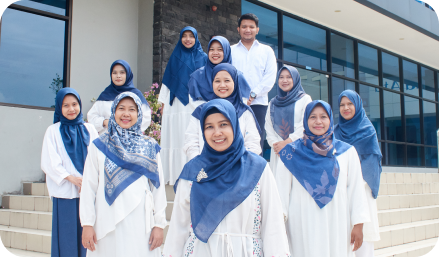
[/fullwidth_text] [fullwidth_text alt_background=”none” width=”1/2″ el_position=”last”]
1. S1 Nutrition Science
[/fullwidth_text] [fullwidth_text alt_background=”none” width=”1/2″ el_position=”first”]
2. S1 Nursing Science
The Nursing Science program is dedicated to preparing students for professional roles in patient care and healthcare delivery. It focuses on equipping students with the clinical knowledge and practical skills needed to assess, treat, and support patients across a range of healthcare settings. The program covers subjects such as anatomy, physiology, pharmacology, and nursing ethics, alongside hands-on training in hospitals and clinics. Students learn to provide compassionate care, administer medications, and collaborate with other healthcare professionals to ensure holistic patient treatment. Graduates of Nursing Science are qualified to work as registered nurses, contributing to the health and well-being of individuals and communities. Click for more details
[/fullwidth_text] [fullwidth_text alt_background=”none” width=”1/2″ el_position=”last”]
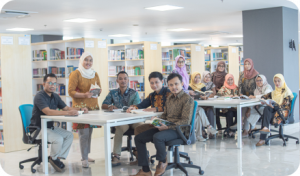
[/fullwidth_text] [fullwidth_text alt_background=”none” width=”1/2″ el_position=”first”]
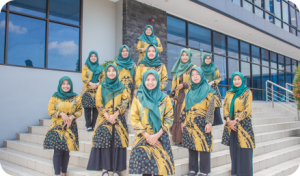
[/fullwidth_text] [fullwidth_text alt_background=”none” width=”1/2″ el_position=”last”]
3. DIII Midwifery
[/fullwidth_text] [fullwidth_text alt_background=”none” width=”1/2″ el_position=”first”]
4. S1 Midwifery
[/fullwidth_text] [fullwidth_text alt_background=”none” width=”1/2″ el_position=”last”]
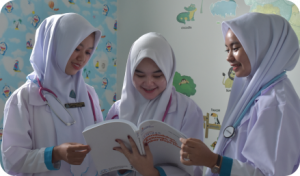
[/fullwidth_text] [fullwidth_text alt_background=”none” width=”1/2″ el_position=”first”]
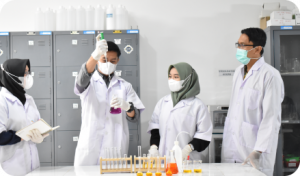
[/fullwidth_text] [fullwidth_text alt_background=”none” width=”1/2″ el_position=”last”]
5. S1 Pharmacy
[/fullwidth_text] [fullwidth_text alt_background=”none” width=”1/2″ el_position=”first”]
6. S1 Hospital Administration
[/fullwidth_text] [fullwidth_text alt_background=”none” width=”1/2″ el_position=”last”]
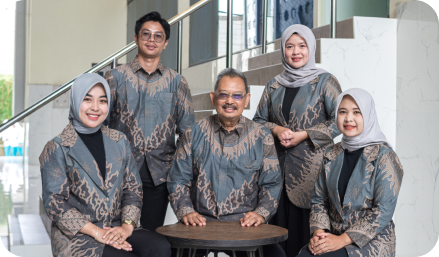
[/fullwidth_text] [/spb_row] [blank_spacer height=”30px” width=”1/1″ el_position=”first last”] [spb_column width=”1/1″ el_position=”first last”] [spb_single_image image=”10090″ image_size=”full” frame=”noframe” intro_animation=”none” full_width=”no” lightbox=”yes” link_target=”_self” width=”1/1″ el_position=”first last”] [/spb_column] [blank_spacer height=”30px” width=”1/1″ el_position=”first last”] [spb_text_block pb_margin_bottom=”no” pb_border_bottom=”no” width=”1/1″ el_position=”first last”]
Articles and News of the Faculty of Health Sciences
[/spb_text_block] [blank_spacer height=”30px” width=”1/1″ el_position=”first last”] [spb_text_block pb_margin_bottom=”no” pb_border_bottom=”no” width=”1/1″ el_position=”first last”]
Faculty of Health Sciences Articles
[/spb_text_block] [posts_carousel item_count=”12″ category=”artikel-d3-kebidanan,artikel-gizi,artikel-keperawatan,artikel-s1-kebidanan,artikel-farmasi,administrasi-rumah-sakit,fikes” offset=”0″ posts_order=”DESC” show_title=”yes” show_excerpt=”yes” show_details=”yes” excerpt_length=”20″ width=”1/1″ el_position=”first last”] [blank_spacer height=”30px” width=”1/1″ el_position=”first last”] [spb_text_block pb_margin_bottom=”no” pb_border_bottom=”no” width=”1/1″ el_position=”first last”]
Faculty of Health Sciences News
[/spb_text_block] [posts_carousel item_count=”12″ category=”berita-ars,berita-d3-kebidanan,berita-farmasi,berita,berita-gizi,berita-s1-kebidanan,ilmu-keperawatan,kegiatan-mahasiswa” offset=”0″ posts_order=”DESC” show_title=”yes” show_excerpt=”yes” show_details=”yes” excerpt_length=”20″ width=”1/1″ el_position=”first last”]







